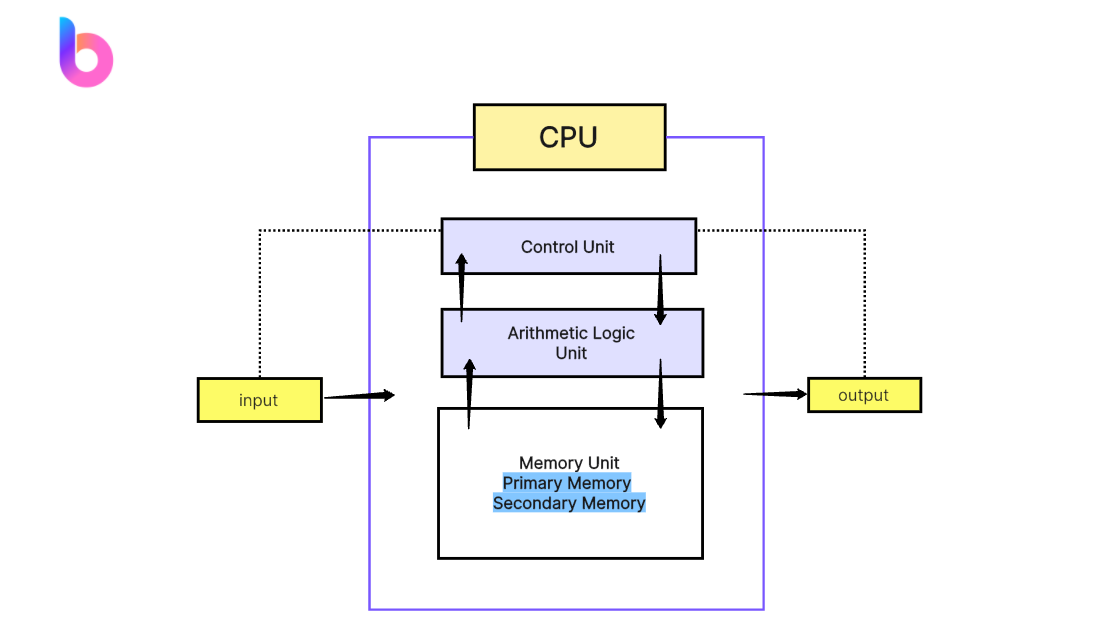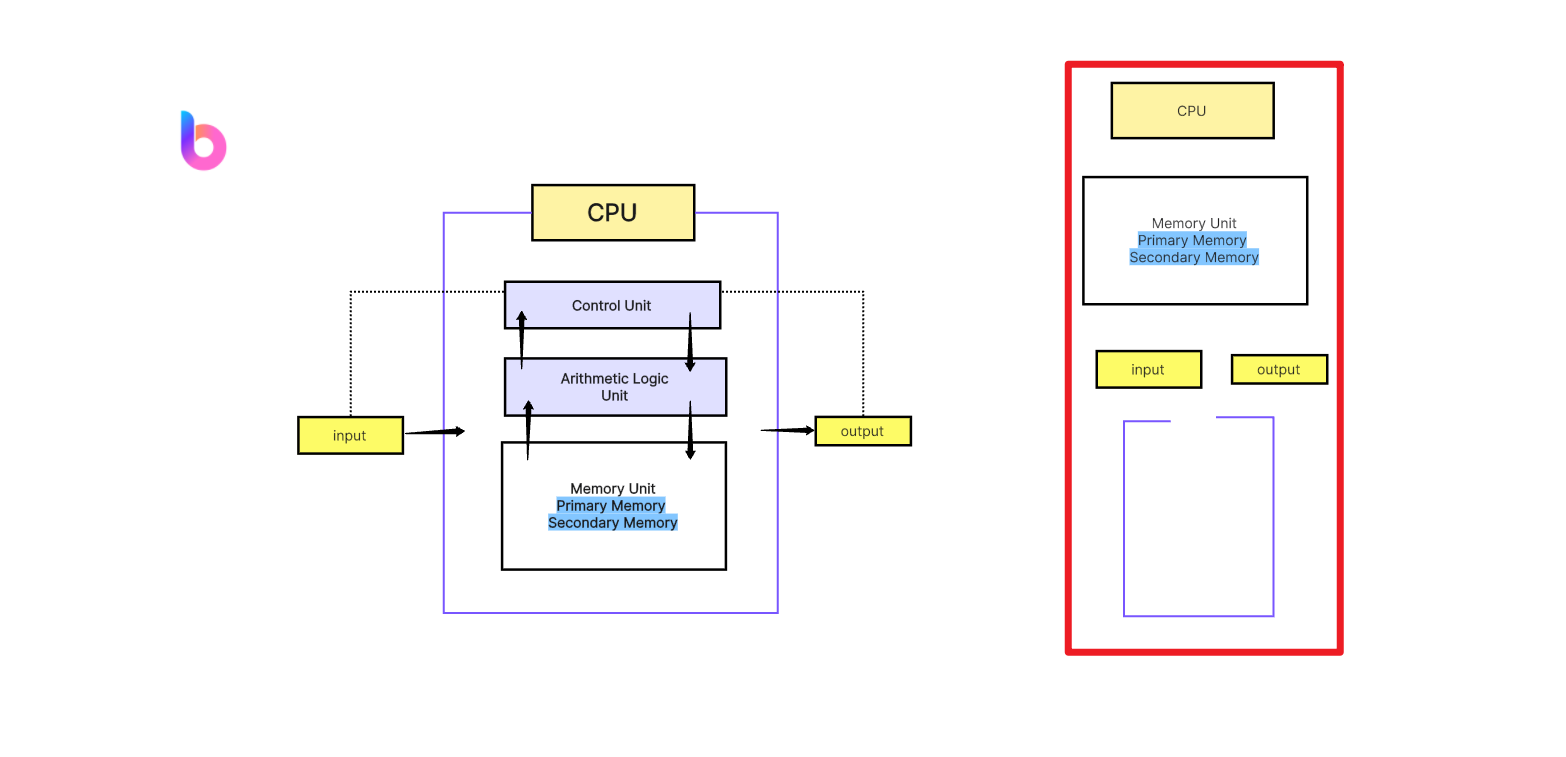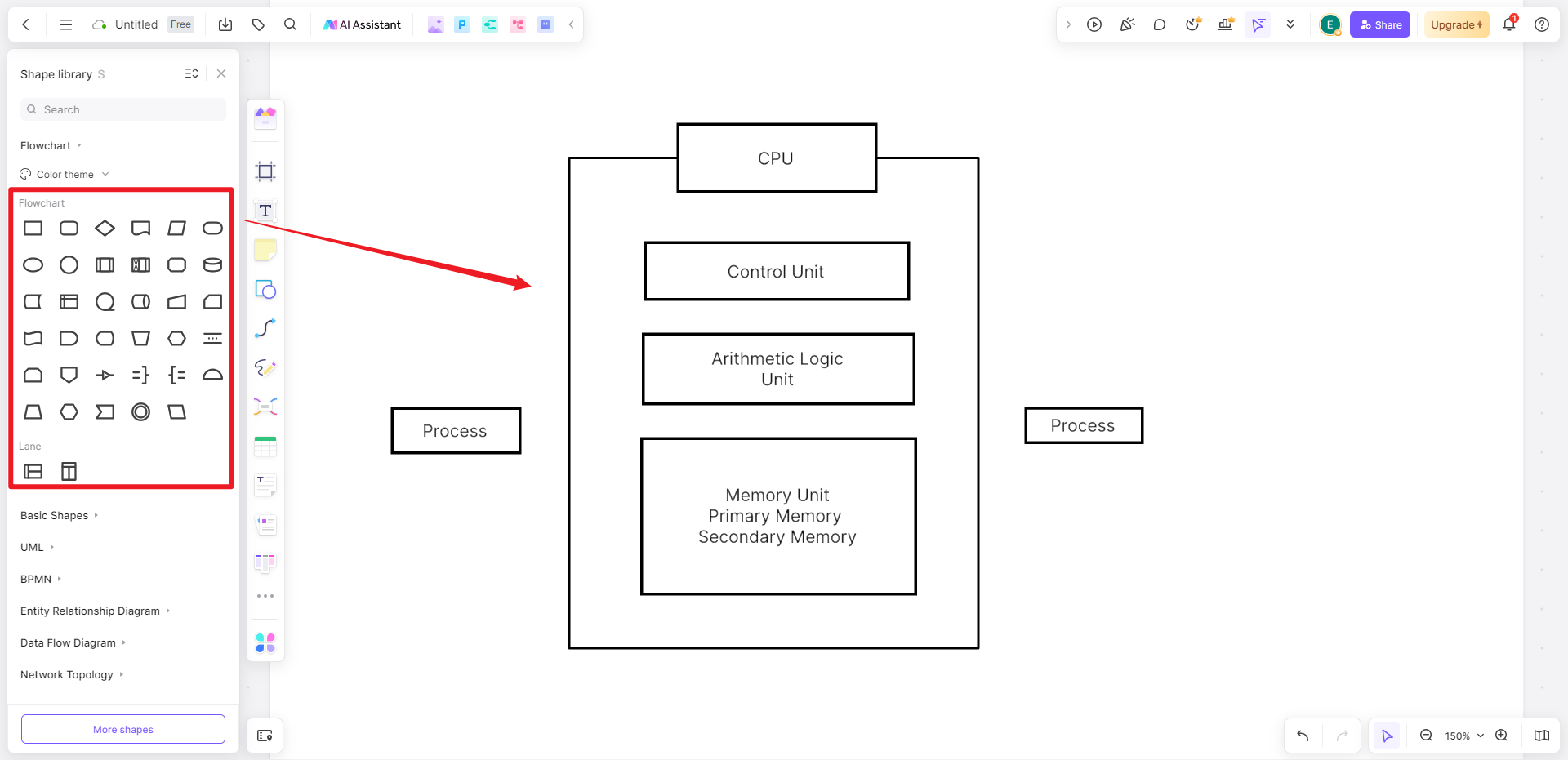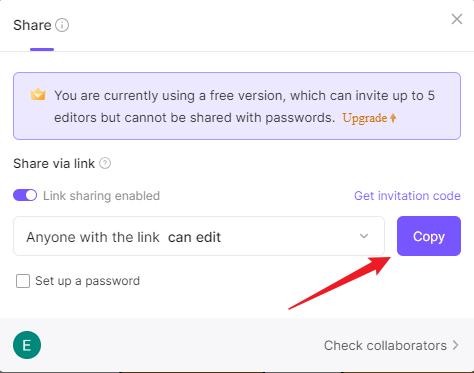In today's digital age, computer systems have become integral to our daily lives. But how well do we understand these complex devices? In this article, we will break down the mysteries of computer systems, discussing the block diagram and its importance and shedding light on the main components of a computer system. Besides, you can learn how to make one by yourself. Let’s get started.
What Is a Block Diagram of Computer System
A block diagram is a graphical representation used to visualize a system as a collection of interconnected components or blocks. Each block typically represents a higher-level view of a specific component or subsystem in the overall architecture.

When it comes to a computer system, the block diagram delineates the primary components of the system and their interconnections. These diagrams are critical for anyone who wants to understand the function and operation of a computer system at a macro level. They can reveal how information flows within the system, how different elements interact, and where bottlenecks or vulnerabilities might lie.
Why Is a Block Diagram Important in Computer System
A block diagram holds immense importance in understanding computer systems for several reasons:
System Overview: The block diagram provides an aerial view of the entire system. It allows one to comprehend the main components of a computer system and how they interact with each other.
Simplifying Complex Systems: Computer systems can be complex, with numerous interconnected parts. A block diagram breaks down this complexity into digestible chunks, allowing us to focus on one part at a time.
System Design and Troubleshooting: In designing or troubleshooting computer systems, block diagrams serve as valuable tools. They help visualize proposed systems or diagnose problems in existing ones by revealing relationships between components and data flows.
Main Components of a Computer System
A typical computer system comprises several main components:
Central Processing Unit (CPU): Often referred to as the "brain" of the computer, the CPU executes instructions that drive processes within the system.
Memory: This includes both primary memory (RAM) and secondary memory (hard drives). RAM stores information temporarily for quick access by the CPU, while hard drives store data permanently.
Input/Output Devices: These are the various peripherals that allow users to interact with the computer, such as keyboards, mice, monitors, and printers.
Buses: Buses are systems of wiring that transport data between different parts of a computer. They ensure communication between the CPU, memory, and input/output devices.
Power Supply: This converts incoming electricity into the voltages necessary for different parts of the computer to operate correctly.
Understanding these components and their roles within a block diagram can significantly improve your comprehension of computer systems. Whether you're troubleshooting an issue, working on a design, or simply trying to understand how your personal computer operates, knowing how these parts fit together within the larger system is invaluable.
How to Make a Block Diagram of Computer System in Boardmix
Boardmix is a feature-rich online tool that enables users to craft high-quality block diagrams effortlessly. With its user-friendly interface, diverse templates, and robust functionality, Boardmix caters to both novices and experienced users.
Whether you're sketching a simple system or designing intricate network architecture, Boardmix provides all the tools you need for success. With cloud storage and collaborative features, Boardmix empowers you to create, share, and collaborate on diagrams with your team from anywhere, anytime.
A Step-by-step Guide to Creating a Block Diagram in Boardmix
Launch Boardmix: Start by opening Boardmix in your web browser. If you haven't registered yet, follow the on-screen instructions to sign up for an account.
Create a New Board: Once you've logged in, click the "New board" button on your dashboard. Name your board accordingly and then proceed to the diagram drawing.
Add Blocks: Each component of the computer system should be represented by a block. Drag and drop these from the shapes sidebar onto the canvas. Be sure to label each one appropriately.
Connect the Blocks: Using arrows or connectors from the shapes sidebar, represent the interactions between the various components. Make sure each connection accurately represents the data flow in your system.
Customize Your Diagram: Take advantage of Boardmix's customization features to enhance the visual appeal and clarity of your diagram. Change colors, add a legend, adjust fonts, and more.
Save and Share Your Diagram: Once you're satisfied with your block diagram, save it directly to your Boardmix cloud storage. You can also export it in various formats or share it with your team via a generated link.

By harnessing the power of Boardmix and following these steps, you'll be creating insightful and professional-looking block diagrams of computer systems in no time.
Tips and Tricks on Making a Block Diagram of Computer System
Designing an effective block diagram of a computer system is a skill that can make even complex systems understandable at a glance. Here are some valuable tips and tricks that can enhance your block diagram creation process, whether you're a seasoned professional or a beginner.
- Understand Your System
Before beginning the diagram, spend time understanding the computer system you want to depict. Familiarize yourself with its key components and how they interact. This foundational understanding will guide you in creating an accurate and meaningful diagram.
- Simplify Complex Systems
One of the main objectives of a block diagram is to simplify complex systems. Try to represent the entire system using the minimum number of blocks and connections. Avoid unnecessary complications.
- Keep it Neat and Organized
A clean, organized diagram is easier to understand than a cluttered one. Align your blocks neatly, keep the connecting lines as straight as possible, and maintain consistent spacing between elements.
- Use Appropriate Labels and Symbols
Every block and connection should have a clear label or symbol indicating what it represents. These labels should be brief yet descriptive.
- Follow Standards
If there are industry-standard symbols or notations for certain components or connections, use them. It will make your diagram easier to understand for those in your field.
- Use Colors Judiciously
Colors can enhance understanding if used correctly. Consider using different colors to represent different types of components or data flows. But don't go overboard - too many colors can make your diagram confusing.
- Seek Feedback
Once your diagram is complete, seek feedback from others who understand the system. They may spot errors or suggest improvements that you didn't consider.
- Revise and Improve
Even after your block diagram is complete, keep an open mind to making changes as necessary. As you learn more about the system or receive feedback, revise and improve your diagram accordingly.
Creating an effective block diagram of a computer system requires both technical knowledge and artistic skills. But with these tips at your disposal, you can master the process and produce diagrams that are not just visually appealing but also packed with insights.













